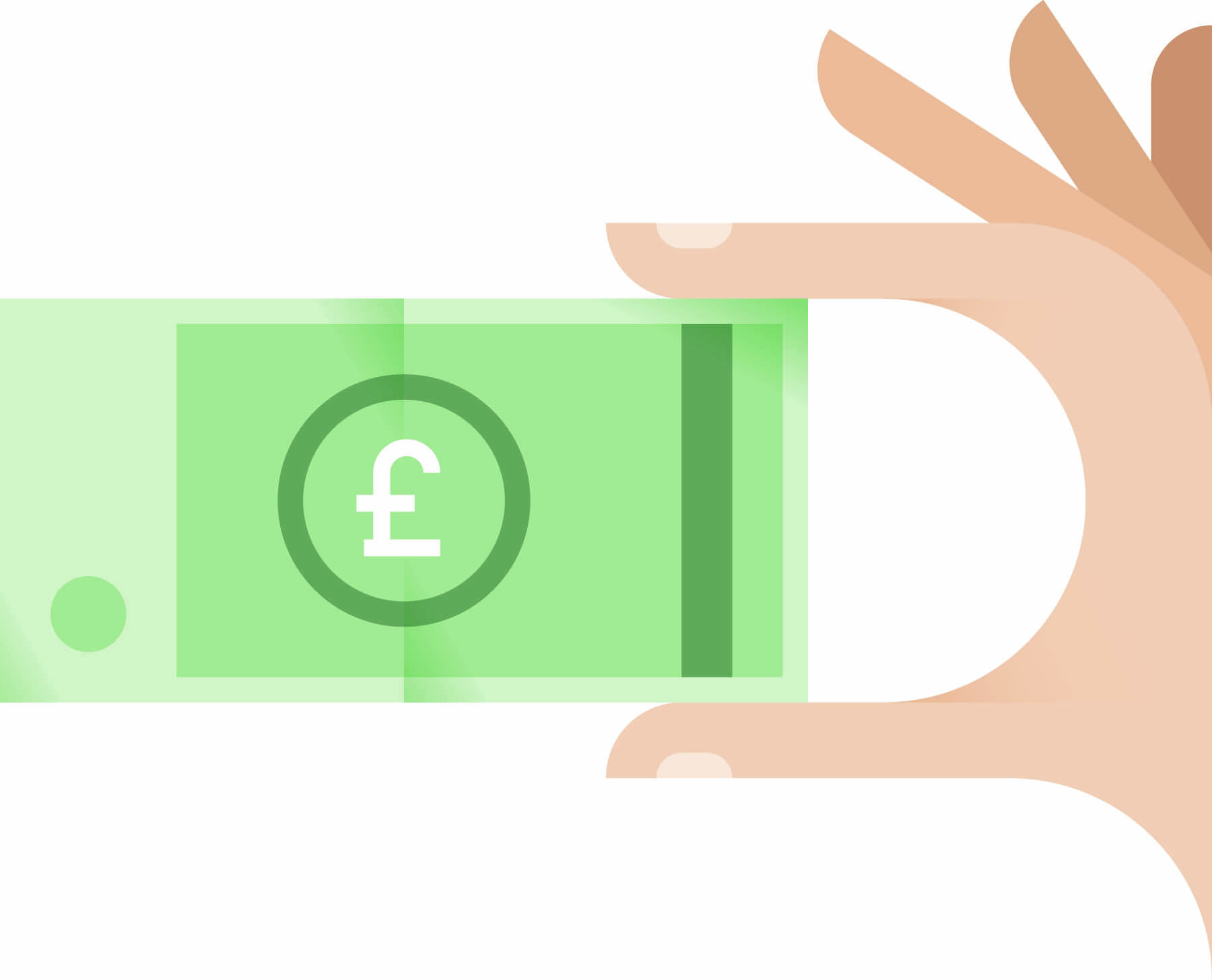Funding is one of the biggest hurdles both to getting a project off the ground and keeping one going. Here's some advice on planning and costing a project and on apply for funding, as a well as a list of organisations that offer free support and resources.
(NB a more detailed version of this is available on the Digital Champions Network but you need to be a member to see it).
1. Define your digital inclusion project
Digital inclusion projects take many different forms, from informal sessions in a community space to multi-site projects across regions.
To secure funding, plan your project so that it:
- Meets an identified need: this could be a specific group of people you want to help, or a skill you want learners to develop.
- Is realistic for your organisation’s experience and scale.
- Offers something different to other services. Many funders are looking for a new service, not something that is already being provided.
If you’re not sure what to include in your digital inclusion project, we have lots of case studies for inspiration. This guide from the Local Government Association is also useful.
2. Create a budget
To prepare a funding budget, you'll need to itemise the elements of your project and estimate each cost. The National Lottery Community Fund has clear guidance and useful examples for working out the various costs of a project.
Estimating costings
There is no perfect way to work out what your costs will be, and it's ok to estimate. But to get accurate estimates it can help to:
- Get no-obligation quotes.
- Take a similar project budget and use those costs to predict yours (don’t forget to add a little for inflation, if relevant).
- Ask for advice from other organisations, networks or funders.
Break down project costs
Divide project costs int the following categories:
Core costs
- Staff and office costs.
- Insurance.
- Monitoring and evaluation.
Note: Many funders want you to include options on making your project sustainable and information on how you plan to maintain the project after their funding ends.
Revenue/direct project costs
- Marketing (for e.g. finding volunteers or learners).
- Costs of running sessions like venue hire, refreshments and learning materials.
- Travel and training for staff and volunteers.
Capital costs
- Equipment: you can reduce these costs by looking for donations of free devices, see our guide on Finding Affordable kit and connectivity. Some funders require you to investigate using existing software and tools before deciding to build or buy anything new.
Match funding
Some funders expect you to have other funding to match their contribution (known as match funding). You may need to provide proof of where your match funding is coming from. Options could include:
- Public funding, like grants from the National Lottery or local or central government.
- Other grants from organisations like trusts and foundations.
- Donations of for example, money or equipment from individuals or companies.
- Earned income from anything from participants fees to corporate sponsorship.
- Your own funds.
It's always better to predict your match funding to be lower than you expect, just to be on the safe side!
3. Search for funders
The priorities and timetables for funders vary which makes it hard for us to recommend specific funders. You need to spend time looking for the right people!
Websites like My Funding Central or Grantnav have searchable databases of funding opportunities as do some local Voluntary and Community Sectors (VCS) organisations. These databases have search tools to help you find funding opportunities. To find suitable funders use keywords such as ‘digital’, ‘technology’, ‘digital inclusion’, ‘digital transformation’ and ‘digital skills’.
One of the best ways to find out about funding opportunities is to ask around and use your local networks and social media to find out where other organisations have been successful securing funding.
When you come across possibles, read the eligibility criteria or application guidelines carefully. These outline the kinds of activities and organisations they fund, and the benefits they want to achieve. It is not usually worth your time applying to funds that aren’t relevant to your project.
Regular funding opportunities
Although these are liable to change, there are several funders who are known to have funds that can support digital projects, such as:
- Catalyst which aims to radically improve how digital is used in charities.
- Google occasionally provides grants to non-profits focused on using technology to solve significant social issues.
- Social Tech Trust runs funding programmes focused on digital solutions to specific issues.
- Vodafone Foundation supports projects that use technology to address societal challenges, including digital inclusion.
4. Write a funding application
Funders want very specific information about why you've applied, how the money will be spent, and what this will achieve. Remember to:
- Use plain English: avoid jargon or overly formal language.
- Be specific about what you plan to do. For example, who are the sessions for? Where will they take place? Who will organise and run them?
- Focus your application on the funder’s priorities, aims and objectives.
- Provide evidence that your work is needed.
- Double check you have included all required information and documents. Missing something out might mean your application gets automatically rejected. Get someone else to proofread what you have written before sending it.
If the funder doesn’t have a standard application form, you might need to write a letter or email. If it's not specified, this should be addressed to the named contact for the funding body and be no longer than two sides of A4. Key information to include:
- A summary of the project, and how much money you are applying for.
- An introduction to your organisation, including your aims, key relevant achievements/experience to date, and support from other bodies.
- A clear description of the project or activities you are planning.
- Why the project is important and how it will benefit its users.
- A summary of how you will monitor and evaluate the project.
Using an AI tool can be really helpful when creating a funding bid. But it does have weaknesses as well as strengths so if you've not used to using it, have a look at our free Guides on using AI.
Collaboration and Partnerships
To increase reach and reduce the cost, it may be good to partner with other organisations. They might offer, for example, free digital services, information, or complimentary resources. One organisation may have space but no volunteers, whilst another have volunteers but nowhere to hold sessions. Partnerships require flexibility, accountability and patience. So, although partnership can be very effective, it can affect the speed of getting a project going, so you may need to build in some extra time.
There are many specialist organisations with a wealth of experience in digital inclusion who actively welcome a collaborative approach. Do some research and reach out on social media or through local networks. We have case studies on our website with a focus on working in public/ private partnership .
Links and resources
Planning a project and case studies
Budgeting
Writing a funding bid
Funders or advice on funding sources
Planning a Digital Champion project?
We've pulled together a full set of resources to plan your first stages and lay the foundations of a successful project.


